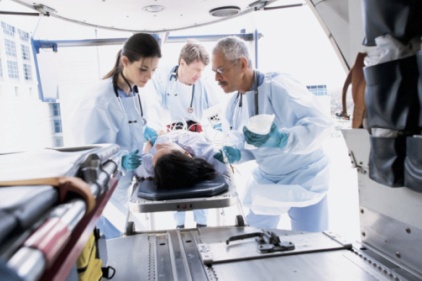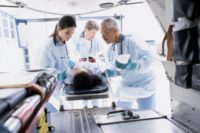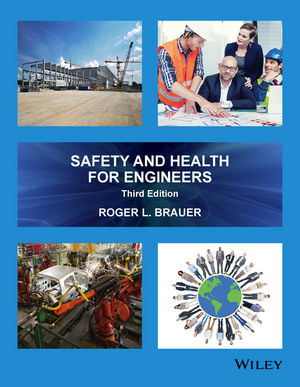 Patients in healthcare facilities are in danger when they’re being moved or lifted because of institutional resistance to using available technology, according to a new report from an advocacy group. And patients aren't the only ones at risk of injury.
Patients in healthcare facilities are in danger when they’re being moved or lifted because of institutional resistance to using available technology, according to a new report from an advocacy group. And patients aren't the only ones at risk of injury.
The Case for Caring Technology, produced by Patient & Family, calls for the government to step in and require the use of safe lifting and moving devices in healthcare settings.
The report includes examples of the wrong ways to lift and move patients, and why such risky methods pose health risks for patients -- not just health care workers.
“When healthcare workers are required to lift or reposition patients without modern mechanical lifting and moving equipment and training, both they and their patients can be injured,” according to the group.
Reduction in patient falls
“Under a safety-based program, trained healthcare workers use modern mechanical lifts and repositioning devices rather than bearing the patient's weight. One study documented a 49 percent reduction in patient falls related to lift and transfer activities. This also frees healthcare staff from the burden of lifting patients so they can devote their energies to direct patient care.
“The goal is to let the healthcare workers do the healthcare, and let proper, safe mechanical devices do the lifting. This is the best way to protect both patients and health care workers from injury.”
Patient & Family contends that a care giver should manually lift no more than 35 pounds of body weight. Yet in common scenarios such as transferring a patient from a bed to a chair, a shower or bathtub or a stretcher, caregivers lift much more weight than that.
“Indeed, a typical bedside nurse lifts two tons per day.”
No way to predict safety
The unpredictable nature of manual lifts means that patients may sometimes slip, trip, faint or have a muscle spasm during the procedure, or suddenly move in such a way that causes a stress on the lifter's spine.
“There is simply no way to predict that a manual lift of a patient will be safe.”
The report covers the following topics:
- When safe lifting and moving in healthcare is needed
- The wrong way to do it: Examples of risky methods to lift or move a patient
- How wrong approaches to lifting and moving pose health risks for patients
- The right way to do it: A safe lifting and moving system using proper equipment and training
- Real world experience: Existing programs in new york and in veterans healthcare facilities
- Why government action is needed to spur systematic change: Institutional resistance to evidence-based approaches to safe lifting and moving
Currently, eight states have “safe patient handling laws,” and the U.S. Veterans Health Administration has made it a policy for all of its facilities.
However, despite widespread musculoskeletal (msd) injuries among healthcare workers (who have an msd incidence rate more than seven times the average for all industries), the group charges that unsafe lifting and moving protocols continue to be tolerated in the healthcare industry.
Culture change resistance may be the culprit, according to Patient & Family, which says tradition often trumps evidence when it comes to following certain practices. Reluctance to invest in new equipment is unjustified, because the investment would be recovered in approximately three years.
Back injuries cost healthcare industry $20 billion a year
The monetary cost of failing to adapt new methods and technologies is substantial, and encompasses medical expenses, disability compensation and litigation. Direct and indirect costs associated with only back injuries in the healthcare industry are estimated to be $20 billion annually. Injuries that leave providers in chronic pain cause functional disabilities, absenteeism, and high turnover and make workers less productive, less attentive and more susceptible to further injury. As many as 20% of nurses who leave direct patient care positions do so because of risks associated with the work.
OSHA is also a proponent of the use of technology to make patient handling and movement safe.
From the agency’s Safe Patient Handling webpage:
“Patient transfer and lifting devices are key components of an effective program to control the risk of injury to patients and staff associated with lifting, transferring, repositioning or movement of patients. Essential elements of such a program include management commitment to implement a safe patient handling program and to provide workers with appropriate measures to avoid manual handling; worker participation in the assessment and implementation processes and the evaluation and selection of patient handling devices; a thorough hazard assessment that addresses high risk units or areas; investment in equipment; care planning for patient handling and movement; training for staff; and program review and evaluation processes. The education and training of healthcare employees should be geared towards assessment of hazards in the healthcare work setting, selection and use of the appropriate patient lifting equipment and devices, and review of research-based practices of safe patient handling.”









